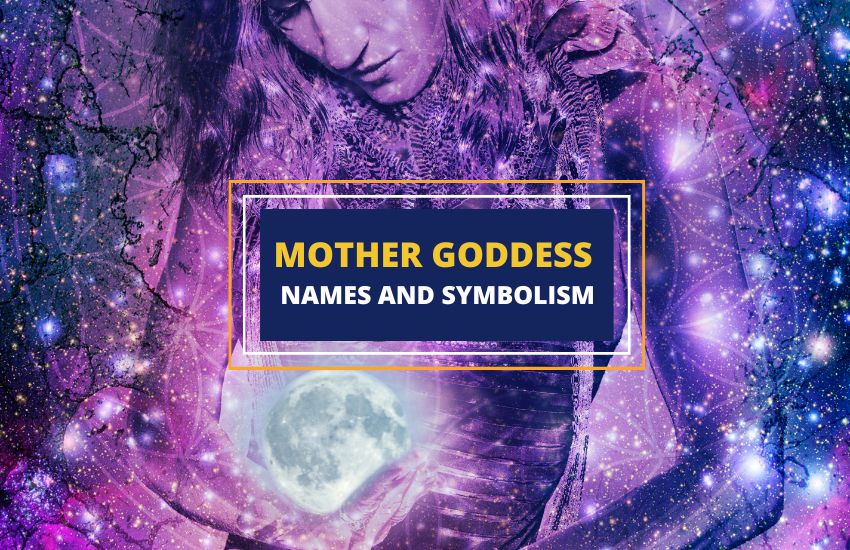
Table of Contents
Across different cultures and religions, there are numerous mother goddess names that reflect the diversity and richness of these beliefs. From the Greek goddess Demeter to the Hindu goddess Durga, each deity represents a unique facet of femininity and divine power. The stories and legends surrounding these mother goddesses provide insight into the values and beliefs of the cultures that worshipped them.
Join us as we explore the fascinating world of mother goddess names and discover the divine feminine across time and space.
1. Anahita
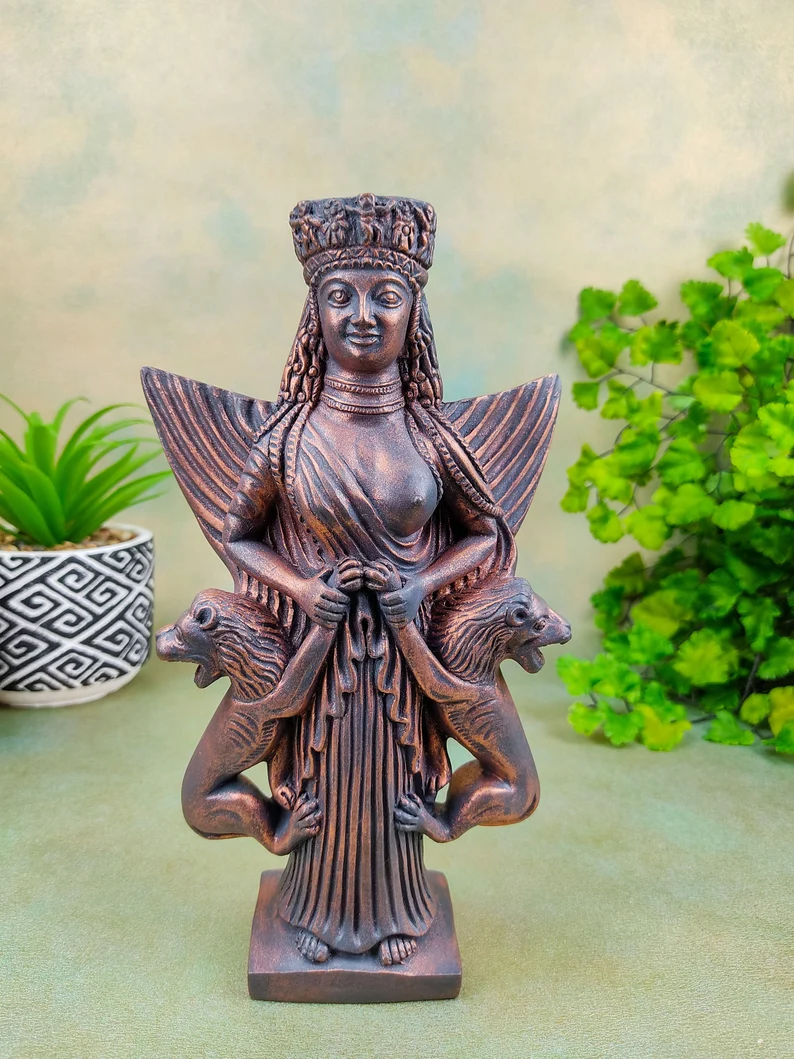
The ancient Persian mother goddess Anahita is associated with water and knowledge. She is also associated with fertility. The ancient Persians portrayed her as the epitome of sacredness and cleanliness. Ancient Persians admired Anahita for her maternal and sheltering attributes, making her a prominent symbol in their religion.
Ancient Persians believed that Anahita could create new life. This goddess also embodies lavishness and the thriving of vegetation. Artistic depictions show Anahita wearing a floral crown and bearing a bundle of grain, both of which call attention to her role as a goddess of plenty and fertility.
Anahita is a goddess of the waterways. She’s also a healer who can cleanse and refresh. Anahita’s role as a mother goddess is essential to who she is to her people. Some depictions portray her as a beautiful woman holding a small child. Artworks highlight her natural maternal instincts and capacity to care for and protect her offspring.
Anahita’s worshipers believed that Anahita was a force of universal creation, further establishing her status as a celestial mother.
2. Demeter
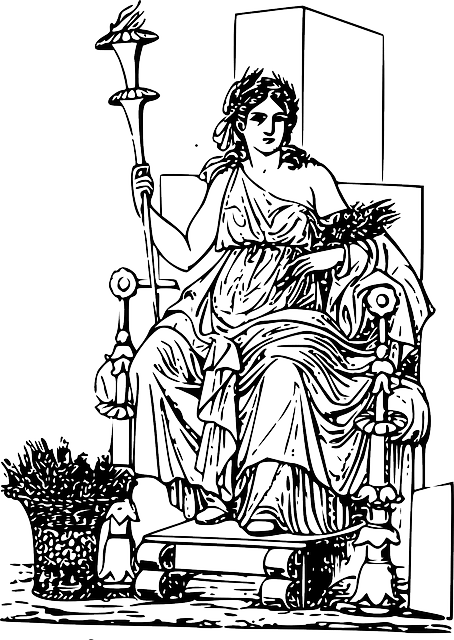
Demeter, the Greek goddess of motherhood, life, and death, and land cultivation was worshipped for her ability to provide for the people. She is often depicted as a mature lady holding a cornucopia or garland of grain.
Ornate celebrations, such as the Eleusinian Mysteries, celebrated her abilities and the natural rhythms of the world. When Demeter’s daughter, Persephone, was taken by Hades, Demeter’s grief brought about the withering of the Earth. But Zeus intervened, allowing Persephone to return.
Demeter’s happiness at her daughter’s homecoming revitalized her life. Demeter’s connection to the world’s natural cycles and her influence over the harvest made her an essential deity in Greek mythology.
3. Ceres
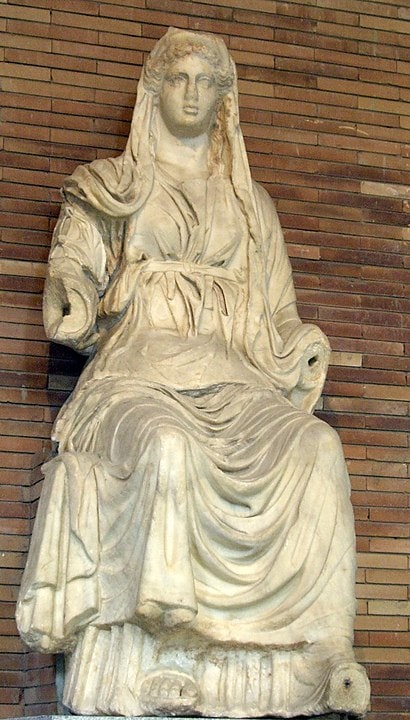
Ceres (Roman equivalent of Demeter), the revered Roman goddess of agriculture and fertility, controlled the harvest and crop development, ensuring fields were rich with abundance. Proserpina, Ceres’ daughter, symbolized her role as a mother and the power of conception.
When Pluto abducted Proserpina, Ceres’ melancholy triggered famine and ruin until Jupiter intervened to negotiate her release. Ceres’ return from the underworld reestablished an equilibrium and abundant resources.
Artists depicted her clutching wheat or a cornucopia, symbols of her generosity. Her name, from Latin, meant “grain.” Ceres’ power and influence over agriculture and fertility made her a vital figure in Roman mythology.
4. Coatlicue
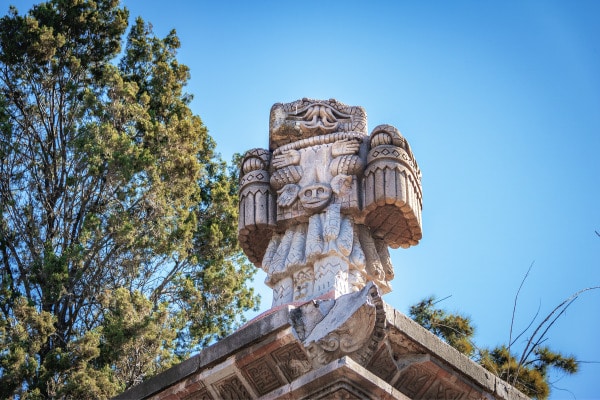
Coatlicue, known as Tonantzin, is an Aztec mother goddess of fertility, life, and death. Her name, which translates as “serpent skirt” in Nahuatl, alludes to the unique skirt she wore, composed of entwined snakes.
The Earth and the natural world significantly influence Coatlicue’s abilities. As a representation of her closeness to the heavens, she wears feathers on her arms and legs. In some portrayals, she wears a necklace of hearts and hands; this accessory symbolizes the necessary sacrifice to achieve fertility and life.
Coatlicue, as a mother goddess, was responsible for giving birth to Huitzilopochtli, the Aztec god of war, after having a miraculous encounter with a ball of feathers. She has an unshakeable love and protection for her godly children and humans.
5. Cybele
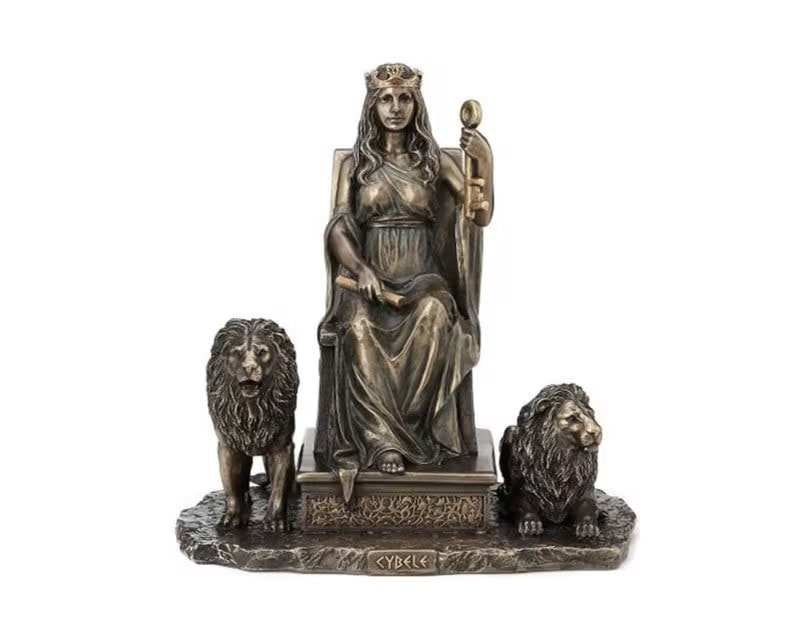
Cybele, also known as Magna Mater or the Great Mother, is a mother goddess who originated in Phrygia. Cybele was popular throughout the ancient Mediterranean. Her name originates from the Phrygian word “Kubele,” which means “mountain.” Cybele was a symbol of the natural and fertile natural world.
Cybele’s abilities as a mother goddess symbolize the natural cycle of birth and death. Artists depicted her as a symbol of her duty as the guardian of towns and countries. People organized complex ceremonies, some of which included the sacrificial killing of animals and the performance of ecstatic dances.
All these ceremonies highlighted her power over conception, development, and the continuation of life.
6. Danu
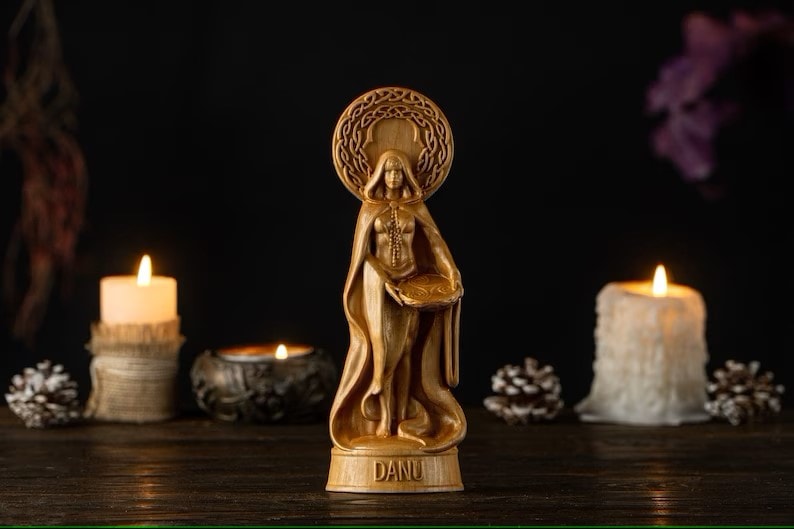
In Celtic mythology, Danu is a mother goddess of fertile land and an abundant harvest. Her name comes from the Celtic word “Dan,” which may mean either “knowledge” or “wisdom.” Danu’s name emphasizes her position as a significant and knowledgeable character in Celtic mythology.
Danu’s powers are a metaphor for the natural world and its cyclical patterns. She represents tenderness and care and has deep roots in the soil of the land and among the people.
Danu represents the beginnings and the endings of everything. While many local Celts converted to Christianity, others maintained their ancient rites and festivals in honor of Danu.
7. Durga
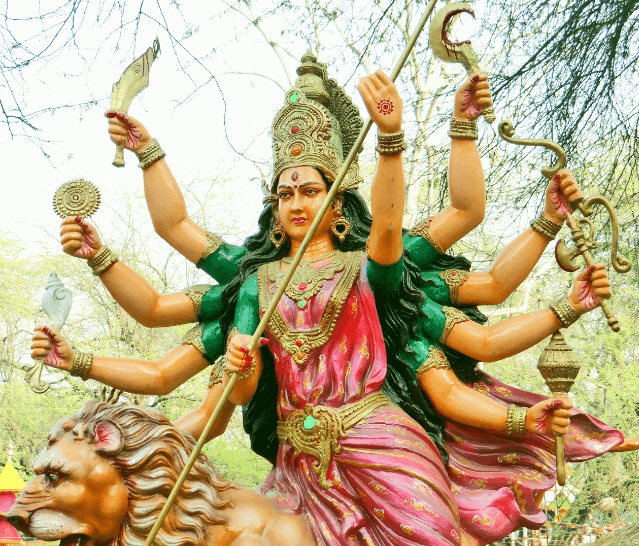
Durga is a powerful mother goddess in Hindu mythology, known for her strength, courage, and fierce protectiveness. Her name means “invincible” or “unconquerable,” and she is associated with destroying evil and protecting her devotees.
Durga had an astounding figure with multiple arms holding weapons and other symbols of her strength and authority. Elaborate rituals, including food, flowers, and other offerings, and reciting mantras and prayers characterize her worship.
Durga’s mythology talks about her battle with the demon Mahishasura, who had obtained a boon from the gods that made him invincible.
The gods created Durga as a powerful warrior to defeat Mahishasura and restore balance to the universe. Her victory over the demon started a festival of Durga Puja, in which devotees create elaborate idols of Durga and offer prayers and offerings in her honor.
8. Freyja
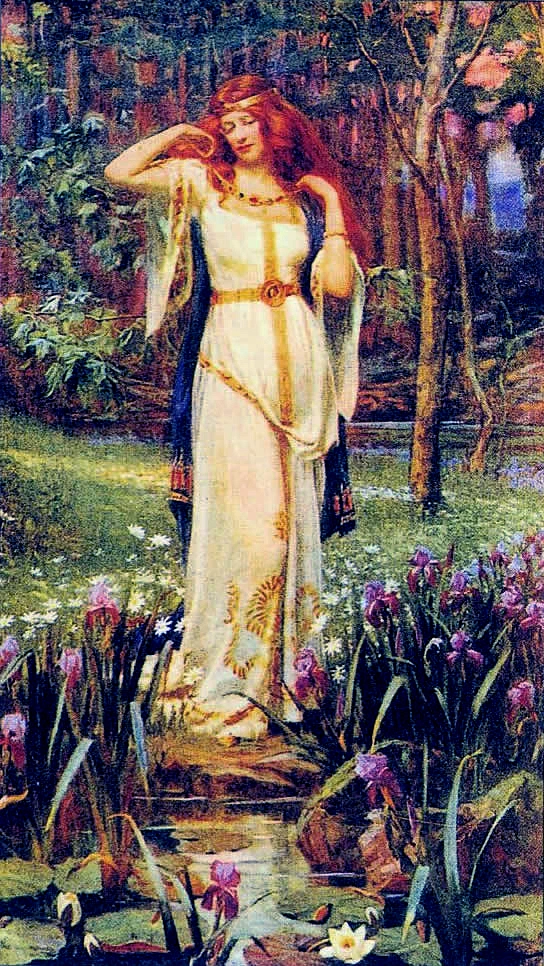
Freya is a captivating Norse goddess, worshipped for her beauty and role as a fertility goddess. Her name, meaning “lady,” also alludes to her title as “the goddess of love” and “the one who rides the boar.”
Freya embodies both strength and maternal care, with women seeking her aid in conception, sexual desire, and intimacy. The ancient Norse would offer food, flowers, and wine to Freya in sacrificial ceremonies, hoping to receive her blessings.
Freya’s power and allure continue to captivate modern audiences, making her a beloved figure in mythology and popular culture.
9. Gaia
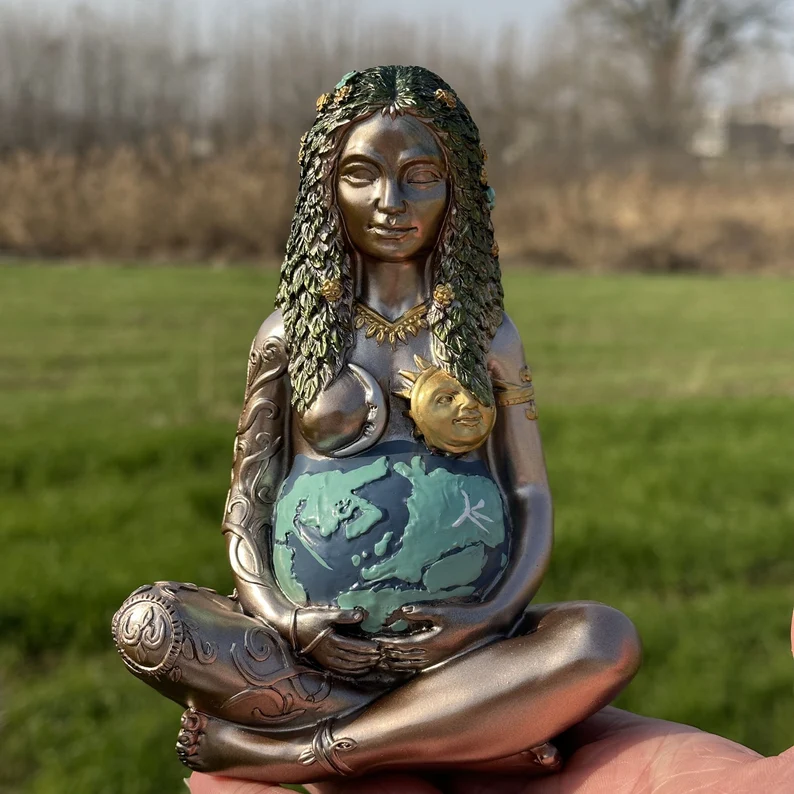
In Greek mythology, Gaia was the embodiment of the great goddess. Her name itself speaks volumes about her significance – she was the revered mother of the sky, sea, and mountains.
As the mother goddess, Gaia is responsible for the creation and sustenance of all life on Earth. She embodies fertility, growth, and rebirth, and is often depicted cradling the world in her embrace.
According to legend, Gaia had sexual relations with Uranus, resulting in the birth of the Titans and Cyclopes.
Gaia’s influence extends beyond the divine realm to the physical world. Those who respected and cherished the land were rewarded with her blessings of prosperity, while those who abused it faced her wrath and disorder.
10. Hathor

Hathor, the ancient Egyptian goddess of joy, motherhood, and fertility, embodied the essence of femininity. Her name, “House of Horus,” connected her with the sky deity Horus and marked her as a prominent figure in Egyptian mythology.
Often depicted as a beautiful woman wearing a sun disk headdress and horns, Hathor also took on the form of a cow, which symbolized her nurturing qualities. Her temples were the epicenter of music, dance, and celebration, and she was revered as a patron of the arts.
Egyptians believed that worshipping Hathor would grant them blessings of happiness and protection. As the patron of the afterlife, Hathor was also responsible for welcoming souls into the underworld.
11. Inanna
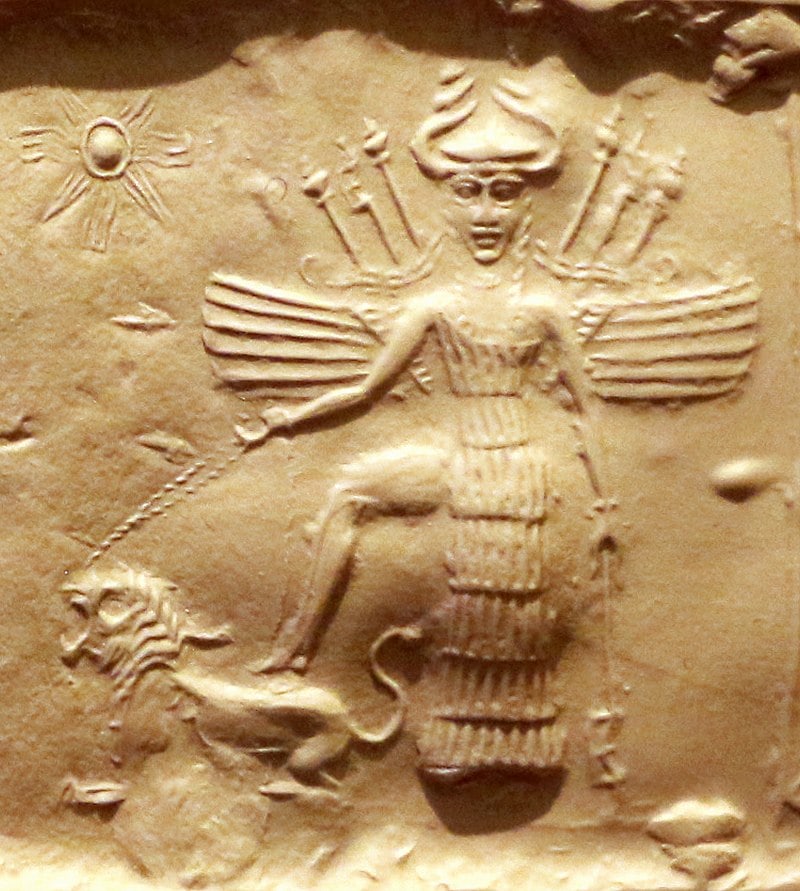
Inanna, the Sumerian goddess, was an epitome of strength and femininity. Inanna is believed to be the inspiration for other goddesses, such as Ishtar, Astarte, and Aphrodite. She was worshipped as a warrior goddess and the protector of women and children.
Her influence extended beyond the physical realm, as she was also a symbol of the Earth’s cyclical nature and the ebb and flow of life. The crescent moon and eight-pointed star were Inanna’s symbols, representing the moon’s phases and the journey of life, death, and rebirth.
As a mother goddess, Inanna was responsible for offering new life to the Earth and helping it flourish in harmony with the planet’s natural rhythms.
12. Isis (Egyptian)
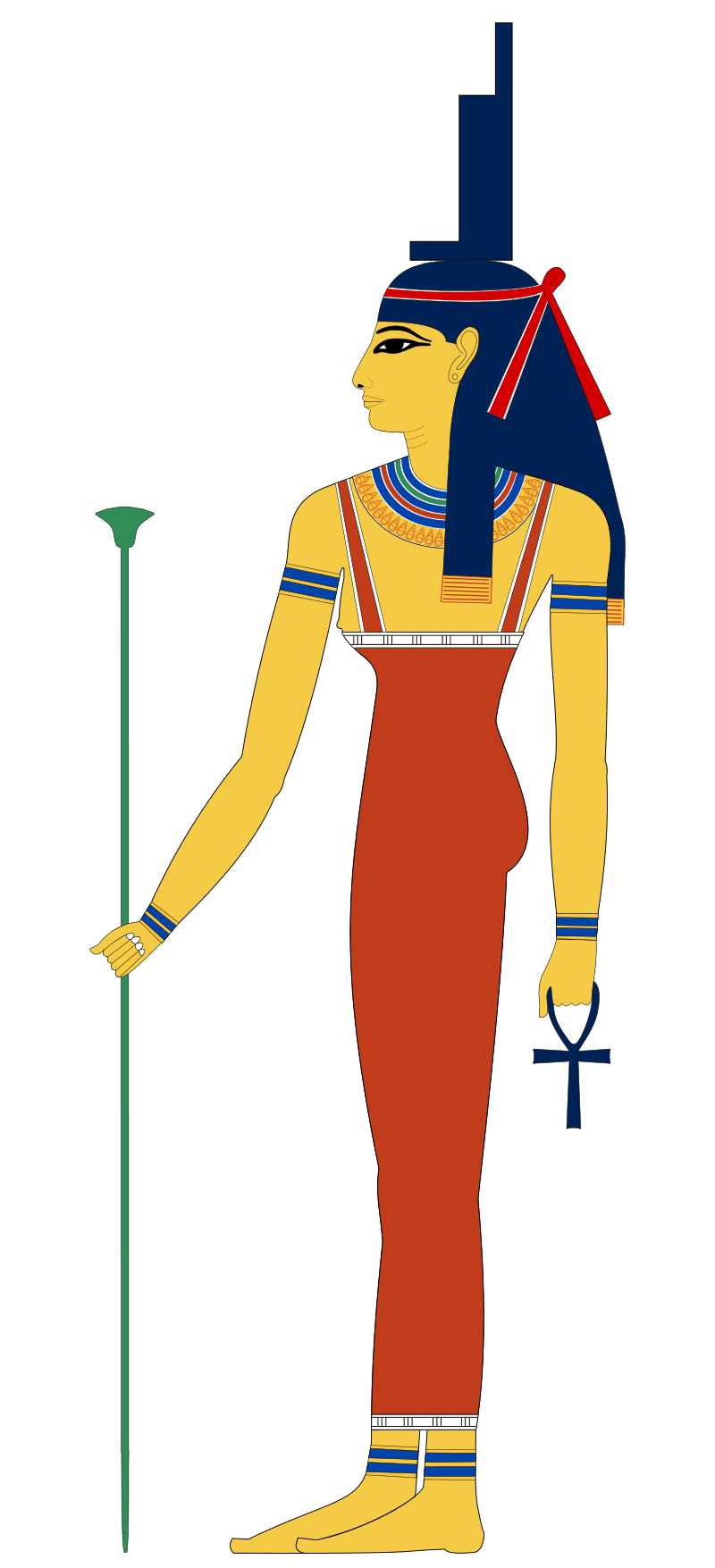
Isis, the mother goddess of ancient Egypt, exudes power, fertility, and magic. Her name translates to “throne,” signifying her position as a powerful figure who nurtures and protects. As the embodiment of the feminine divine, she offers guidance, care, and wisdom to those who seek her blessings.
Isis is renowned for her exceptional abilities, including her vast knowledge of magic and her talent for resurrecting the dead. She embarked on a perilous journey across the globe to recover the dismembered body of her beloved Osiris, who was slain and dissected by the envious deity Seth.
Isis’s powerful magic was instrumental in reassembling and reviving Osiris, cementing her status in Egyptian mythology as a life-giver and creator. Isis was the Goddess of the Nile, and her worship was widespread across the ancient world.
13. Ixchel
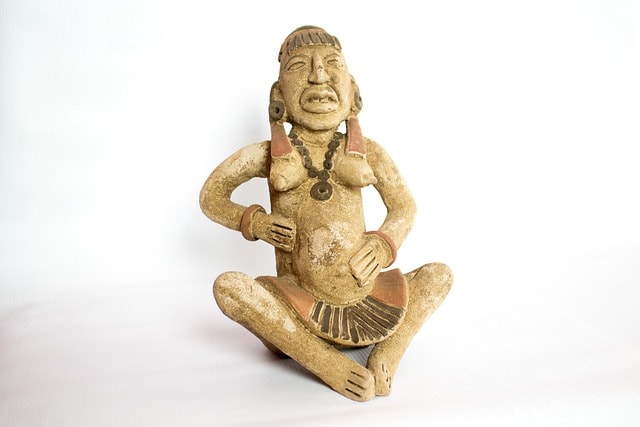
The Maya in Mexico and Central America regarded Ixchel as a revered mother deity. Ixchel is an aspect of the moon, fertility, and childbirth and looks like a young woman wearing a headdress of snakes. Her appearance varies depending on the culture.
Ixchel’s name translates to “Lady Rainbow,” and legend has it that she could control both the weather and the water on Earth. Ixchel has several breasts, representing her capacity to nourish and care for her offspring. She has a pregnant belly in some cases, highlighting the relationship between her childbearing and fertility.
Ixchel presides over the beginning of a new life and the ending of older forms of existence. She is a ferocious and furious goddess, capable of releasing enormous storms and floods as retribution against people who mistreated her or her offspring.
14. Kali
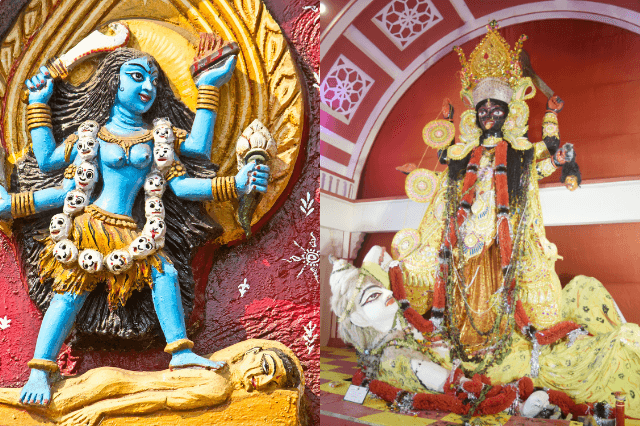
The Hindu goddess Kali has many powerful attributes, including her ferocity. She has a dark complexion, several arms, and a skull garland around her neck. She also bridges the aspects of motherhood and powerful chaos.
In Hindu mythology, Kali embodies the divine feminine force credited with being the source of all life. She is a destroyer of bad energies, guardian, and defender of innocent people.
Her capacity to dispel ignorance and illusion is one of the most notable aspects of Kali’s power. She symbolizes the passage of time and the natural processes of aging and passing away. People worship Kali because they believe it will help them face and conquer their anxieties and negative emotions, ultimately leading to spiritual enlightenment and inner serenity.
While Kali exudes terror, she also embodies a nurturing and affectionate maternal energy that comforts and shields her worshippers.
15. Mari

In earlier times, the Basque community residing in the Pyrenees region worshipped Mari as a maternal deity. She is also known as Anbotoko Mari, which translates to “the Lady of Anboto,” a mountain found in the Basque area. She’s a beautiful green lady wearing a crown of seven stars. Mari’s usual followers are snakes, symbolizing rebirth in certain cultures.
Since Mari is a mother goddess, she can protect both children and women giving birth. She can treat infertility and bring fertility to the land. She can also manipulate the weather and provide rain whenever required.
The Basque people still perform various rites and ceremonies honoring the Goddess Mari, a figure in their mythology. After the vernal equinox comes Aberri Eguna, a meaningful ceremony also known as the Day of the Fatherland. This festival shows people expressing their appreciation for Mari’s kindness by gifting her flowers, fruit, and other items.
16. Nana Buluku
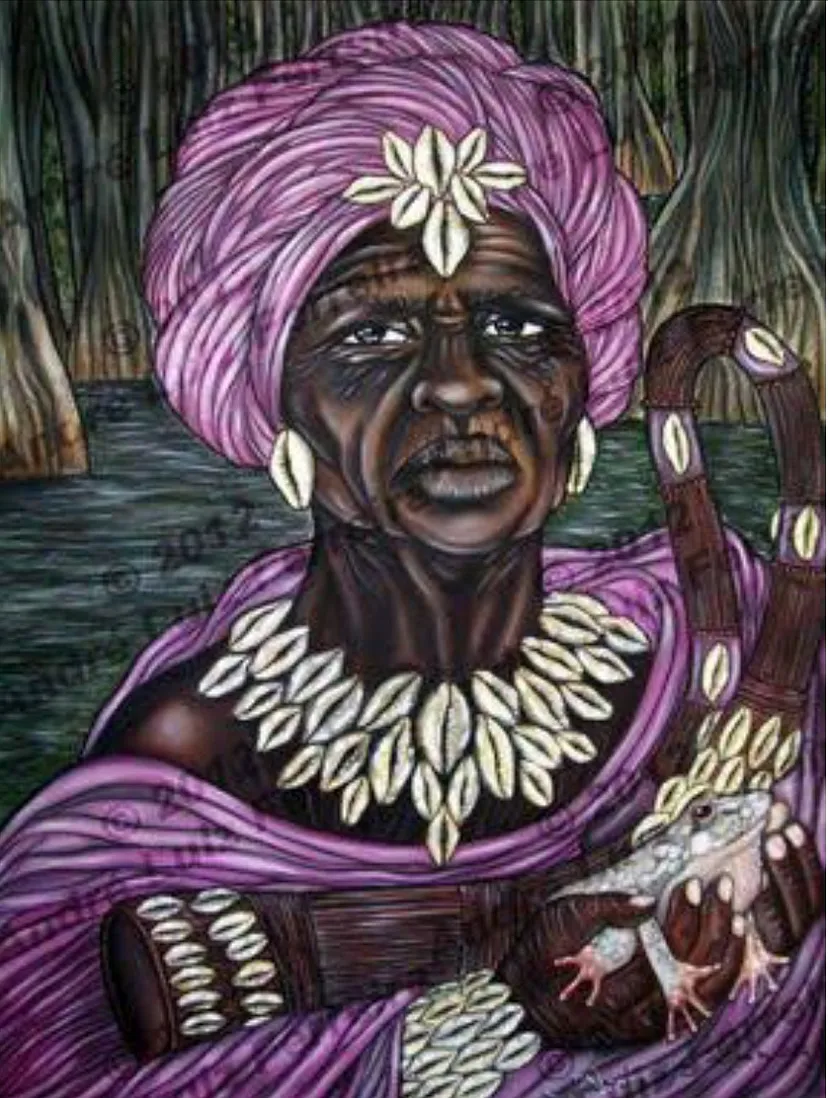
A mother deity Nana Buluku is popular in West African faiths, including those practiced by the Fon people. Some call her the greatest goddess and credit her with creating the cosmos. She is a mature lady with a big belly that stands for fertility and motherhood.
Nana Buluku has vast power over life and death. She is an aspect of the moon, a metaphor for the mystique and authority surrounding her.
Nana Buluku is a goddess linked with the land’s fertility. It’s thought that she and her husband, the sky god, were responsible for creating the planet and all its living species.
17. Ninhursag
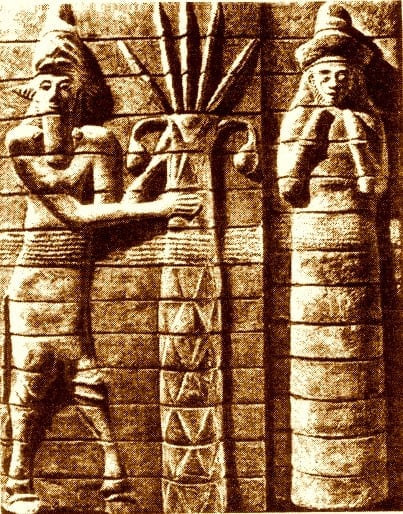
Ninhursag, or Ki or Ninmah, is a mother goddess in Sumerian mythology. She originated in Mesopotamia. Her name translates to “Lady of the Mountains,” She’s one of the most significant goddesses in the pantheon of Sumerian religion.
It’s common to picture Ninhursag as a fertility goddess responsible for the expansion and prosperity of all living things. With Enki, the god of knowledge and water, Ninhursag created the first people by combining blood from a murdered god with clay.
Ninhursag governed the fertility of the soil and was responsible for the development of crops and animals.
18. Nut (Egyptian Mythology)
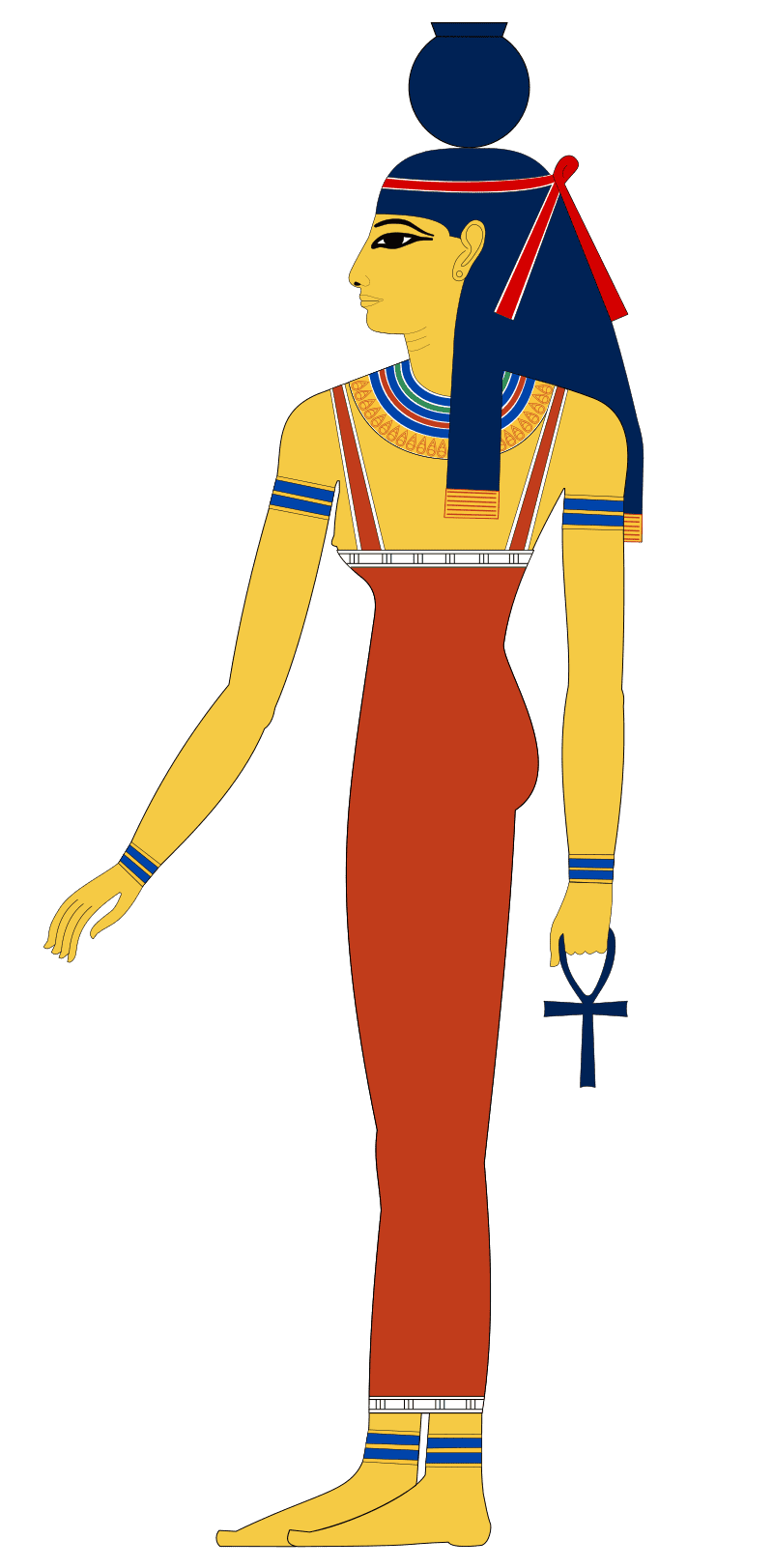
Nut was a deity connected with the sky in Egyptian mythology. Nut was among the most highly respected and honored deities in ancient Egypt and even beyond. She embodies the whole universe, and her name symbolizes the sky and heavens.
As an Egyptian mother goddess, Nut’s body bends over the earth while her hands and feet cover all its people offering protection and guidance.
Apart from Osiris, Isis, Set, and Nephthys, Nut had several other deity children, all of which had an important role in the religious life of ancient Egyptians. Nut was a kind and protective mother figure who kept her offspring safe from danger while providing them nutrition and support.
The power of the Nut to “give birth” to the sun each morning and “swallow it back up” each evening symbolizes death and rebirth.
19. Pachamama
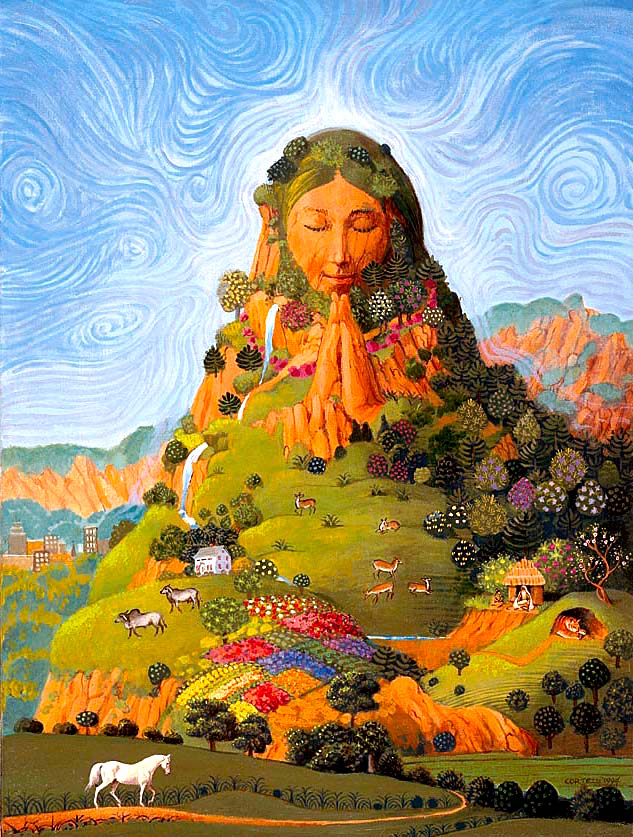
The Indigenous peoples of the Andes, notably those living in Peru, Bolivia, and Ecuador, hold the Goddess Pachamama in the highest regard. Her name, “Earth Mother,” symbolizes her connection to agriculture and fertility. Additionally, the Indigenous peoples of the Andes identify her with the mountains, which they regard as holy.
People who worship Pachamama see her as a kind, protective goddess who provides nutrition and shelter to her followers. Pachamama provided the land’s bounty, which included food, water, and shelter for its inhabitants. In some cultures, the Goddess Pachamama is also a goddess of healing who provides solace and relief.
The ceremony known as “Despacho” includes tribute rites connected with Pachamama. People used to dedicate many objects to the goddess during this ceremony to demonstrate thanks.
20. Parvati (Hindu)
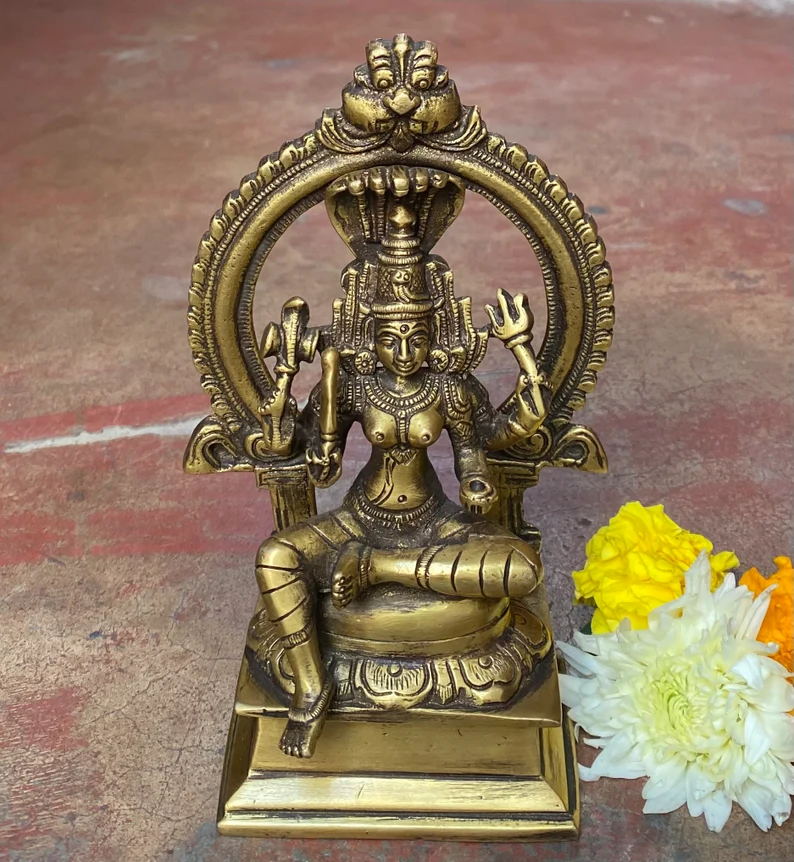
Motherhood, fertility, and divine might are only some aspects of the powerful Hindu goddess Parvati. Uma, Gauri, and Durga are aliases she uses. Her standing as a goddess, especially as a mother deity, was independent of her husband, Lord Shiva.
Parvati’s name translates to “woman of the mountains.” Parvati is also known as the “mother of the gods.” As a mother goddess, Parvati personifies the nurturing part of femininity. People call upon her to bestow blessings on childbirth, fertility, and maternal love.
It’s well known that Parvati has many abilities, including the power to provide her devotee’s pleasure, wealth, and good health. Parvati is a fierce warrior goddess in Hindu mythology capable of defeating demons and other evil forces.
Wrapping Up
The concept of mother goddesses spans multiple cultures and religions throughout history, representing various aspects of femininity and the divine. Despite their differences, mother goddesses share a common theme of nurturing, protection, and creation.
Their legacies continue to inspire and influence modern-day spirituality and the way we view the world.







